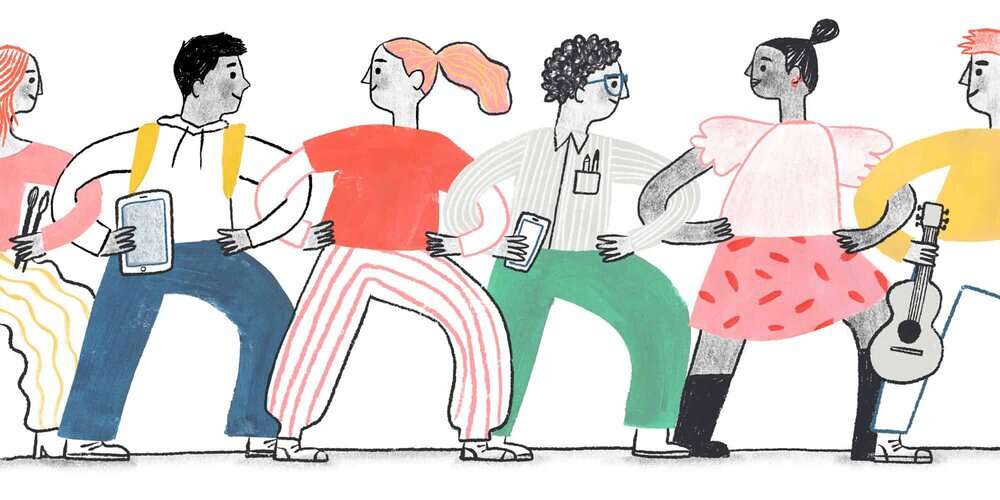Try Breathing Exercises

Taking slow, deep breaths can help you relax and calm your mind. Here are breathing exercises to try:
Deep breathing
Sit comfortably and close your eyes. Take a few regular breaths. Rest a hand on your stomach so you can feel it rise and fall as you breathe.
Now take a deep breath through your nose, filling your stomach with as much air as possible. Exhale through your mouth, letting all the air out of your stomach like a deflating balloon.
It is absolutely normal for any thoughts to pop into your head. Acknowledge these thoughts and let them float by. Then focus on your breathing again.
Do this three times. If you’re comfortable, try three more. As you get used to this exercise, you can try counting to three when you inhale, holding the air in for a count of one, and then counting to three as you exhale.
Box breathing
Box breathing is a simple yet powerful relaxation technique that can help reduce stress and anxiety. This four-step breathing exercise gets its name from the visual of drawing a box: inhale for four counts, hold for four counts, exhale for four counts, and hold again for four counts. Box breathing provides young people with a portable calming tool they can use anywhere—during tests, before performances, or when facing challenging social situations. The rhythmic pattern helps regulate the nervous system, lowering heart rate and blood pressure while increasing focus.
Blowing bubbles
Yes, those bubbles you played with as a kid can actually help you relax now! Don’t be shy about buying a bottle to blow outside. Try blowing slowly and calmly to make bigger and bigger bubbles. Notice how anxious breathing — breaths that are fast and shallow — makes your bubbles smaller.










